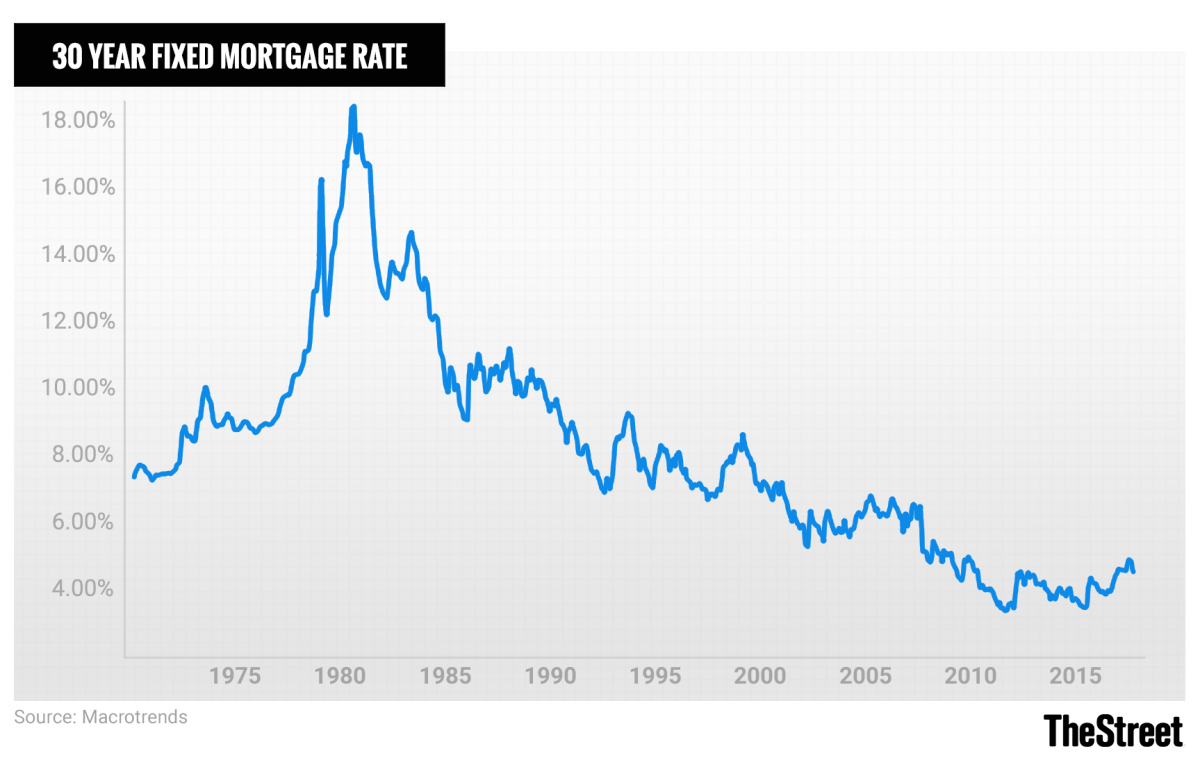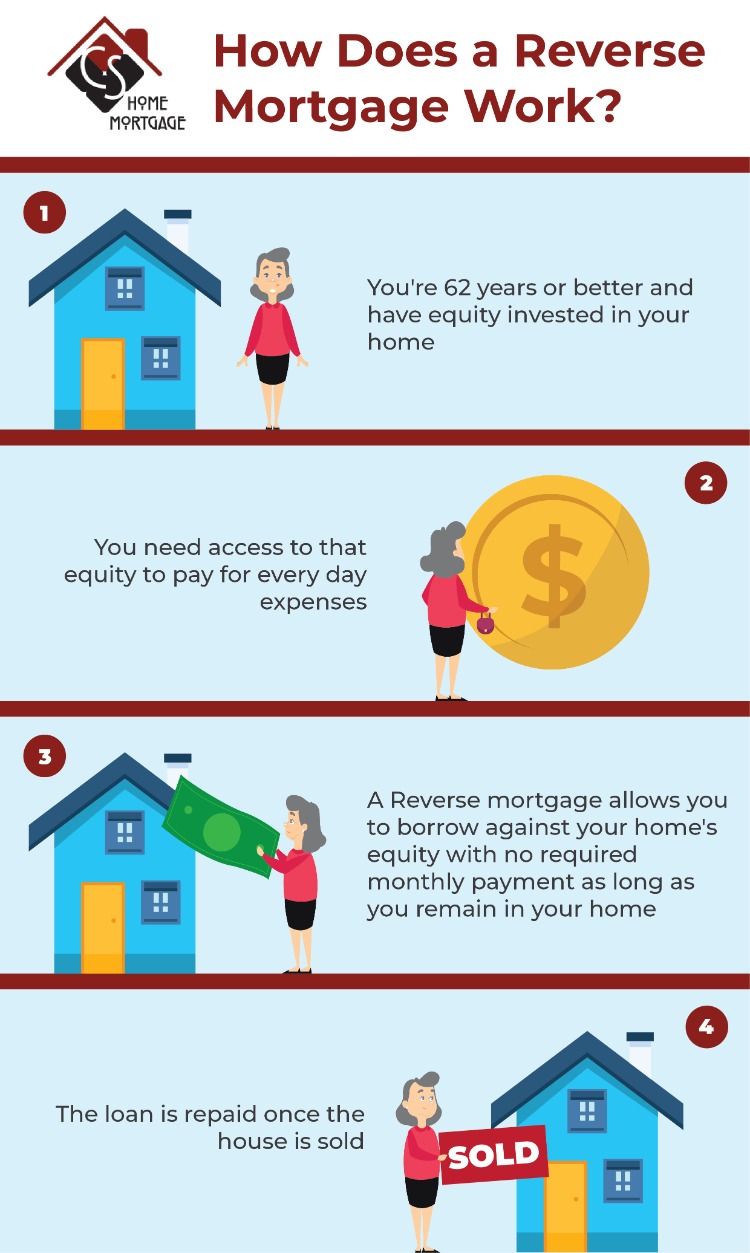For this argument to hold, the increase in the rate of foreclosure would have to precede the decline in house prices. In reality, the opposite occurred, with the national rate of house price appreciation peaking in the second quarter of 2005 and the outright rate level peaking in the 2nd quarter of 2007; the dramatic increase in new foreclosures was not reached up until the second quarter of 2007.
Normally one would anticipate the supreme financiers in mortgagerelated securities to enforce market discipline on loan providers, ensuring that losses stayed within expectations. Market discipline started to breakdown in 2005 as Fannie Mae and Freddie Mac became the biggest single buyers of subprime mortgagebacked securities. At the height of the market, Fannie and Freddie purchased over 40 percent of subprime mortgagebacked securities.
Fannie and Freddie entering this market in strength significantly increased the demand for subprime securities, and as they would eventually have the ability to pass their losses onto the taxpayer, they had little incentive to successfully keep track of the quality of underwriting. The past couple of years have actually witnessed a considerable growth in the variety of monetary regulators and policies, contrary to the widely held belief that our monetary market policies were "rolled back." While lots of regulators may have been shortsighted and overconfident in their own ability to spare our financial markets from collapse, this stopping working is among guideline, not deregulation.
Things about Who Has The Lowest Apr For Mortgages

To describe the monetary crisis, and prevent the next one, we ought to look at the failure of policy, not at a mythical deregulation.
So, "what triggered the mortgage crisis" anyway? In case you haven't heard, we went through one of the worst real estate busts in our lifetimes, if not ever - what do i do to check in on reverse mortgages. And though that much is clear, the reason behind it is much less so. There has actually been a great deal of finger website pointing. In truth, there wasn't simply one cause, but rather a combination of forces behind the housing crisis.

Banks weren't keeping the loans they madeInstead they're were offering them to financiers on the secondary marketWho were slicing and dicing them into securitiesThe transfer of risk allowed more risky loans to be madeIn the old days, banks utilized to make home mortgages internal and keep them on their books. Because they held onto the loans they made, strict underwriting guidelines were put in place to guarantee quality loans were made.
Some Known Factual Statements About What Does Recast Mean For Mortgages
And they 'd lose great deals of cash. Recently, a brand-new phenomenon occurred where banks and home mortgage lending institutions would originate home loans and rapidly resell them to financiers in the kind of mortgage-backed securities (MBS) on the secondary market (Wall Street). This approach, referred to as the "originate to distribute design," allowed banks and lending institutions to pass the danger onto investors, and thereby loosen standards.
Banks and lenders also depend on distribution channels outside their own roof, via home loan brokers and correspondents. They incentivized bulk coming from, pressing those who worked for them to close as lots of loans as possible, while ignoring quality requirements that guaranteed loans would in fact be paid back. Since the loans were being sliced and diced into securities and offered in bulk, it didn't matter if you had a couple of bad ones occasionally, at least not initiallyThis set wasn't free from blame eitherThey were quasi-public companiesThat were attempting to keep private investors happyBy reducing underwriting guidelines to remain relevantOf course, banks and lending institutions modeled their loan programs on what Fannie and Freddie were buying, so one might also argue that these 2 "government-sponsored business" likewise did their fair share of harm.
And it has been declared that the pair reduced guidelines to remain appropriate in the home mortgage market, largely due to the fact that they were openly traded companies gradually losing market share to private-label securitizers. At the same time, they also had lofty budget friendly real estate goals, and were instructed to provide funding to a growing number of low- and moderate-income customers gradually, which plainly included more danger.
Top Guidelines Of What http://martinqgkf336.timeforchangecounselling.com/getting-my-what-are-interest-rates-now-for-mortgages-to-work Is Today's Interest Rate On Mortgages
As an outcome, bad loans looked like higher-quality loans because they adhered to Fannie and Freddie. who took over abn amro mortgages. And this is why quasi-public business are bad news folks. The underwriting, if you might even call it thatWas atrocious at the time leading up to the mortgage crisisBasically anyone who made an application for a home mortgage might get authorized back thenSo once the well ran dry much of these homeowners stopping payingThat brings us to bad underwriting.
They were typically informed to make loans work, even if they seemed a bit dodgy at finest. Once again, the reward to approve the loan was much, much higher than declining it. And if it wasn't authorized at one store, another would be delighted to come along and take business.
So you might get away with it. The appraisals at the time were also highly suspectEmphasis on "high" as opposed to lowSince the worths were typically grossly pumped up to make the shoddy loan workThis further propped up home rates, permitting even more bad loans to be createdGoing hand-in-hand with bad underwriting was faulty appraising, often by deceitful house appraisers who had the same reward as lenders and producers to ensure the loans closed.
How Does The Trump Tax Plan Affect Housing Mortgages Can Be Fun For Anyone
If one appraiser didn't like the worth, you might constantly get a 2nd opinion someplace else or have them take another appearance. Home prices were on the up and up, so a stretch in worth might be hidden after a few months of gratitude anyhow. And don't forget, appraisers who discovered the best worth every time were made sure of another deal, while those who couldn't, or would not make it take place, were skipped on that next one.
Back when, it prevailed to put down 20 percent when you purchased a home. In the last few years, it was significantly common to put down five percent or even nothing. In fact, no down house loan funding was all the rage since banks and debtors might depend on house rate gratitude to keep the notion of a house as an investment viable.
Those who purchased with zero down just chose to leave, as they actually had no skin in the video game, absolutely nothing to keep them there. Sure, they'll get a huge ding on their credit report, but it beats losing a whole lot of money. Conversely, those with equity would definitely put up more of a battle to keep their house.
Little Known Facts About What Are All The Different Types Of Mortgages Virginia.
As house rates marched higher and greater, lending institutions and home builders needed to develop more creative financing alternatives to generate purchasers. Since home rates weren't going to boil down, they needed to make things more budget-friendly. One approach was reducing month-to-month home mortgage payments, either with interest-only payments or unfavorable amortization programs where borrowers actually paid less than the note rate on the loan.
This of course led to ratings of underwater borrowers who now owe more on their home mortgages than their present residential or commercial property worths - hawaii reverse mortgages when the owner dies. As such, there is little to any incentive to remain in the home, so customers are progressively defaulting on their loans or leaving. Some by choice, and others because they could never manage the true terms of the loan, just the introductory teaser rates that were provided to get them in the door.